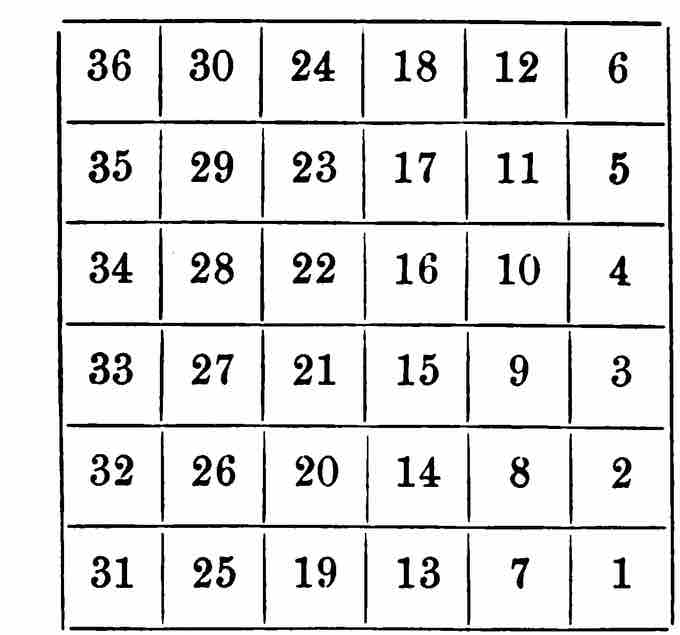The Confederation Congress did take two actions with long-lasting impact. The Land Ordinance of 1785 and Northwest Ordinance created a territorial government, set up protocols for the admission of new states and the division of land into useful units and set aside land in each township for public use. This system represented a sharp break from imperial colonization, as in Europe, and provided the basis for the rest of American continental expansion throughout the nineteenth century.
The Land Ordinance of 1785 established both the general practices of land surveying in the west and northwest and the land ownership provisions used throughout the later westward expansion beyond the Mississippi River. The Northwest Ordinance of 1787 noted the agreement of the original states to give up northwestern land claims and organized the Northwest Territory, thereby clearing the way for the entry of five new states and part of a sixth to the Union. The Northwest Ordinance of 1787 also made great advances in the abolition of slavery. New states admitted to the Union in said territory would never be slave states.To be specific, these states gave up all of their claims to land north of the Ohio River and west of the (present) western border of Pennsylvania: Massachusetts, Connecticut, New York, Pennsylvania, and Virginia. From this land, over several decades, new states were formed: Ohio, Indiana, Illinois, Michigan, Wisconsin, and the part of Minnesota east of the Mississippi River. By the Land Ordinance of 1785, these were surveyed into the now familiar squares of land called the "township" (36 square miles), the "section" (one square mile), and the "quarter section" (160 acres) . This system was carried forward to most of the states west of the Mississippi (excluding areas of Texas and California that had already been surveyed and divided up by the Spanish Empire). Then, when the Homestead Act was enacted in 1867, the quarter section became the basic unit of land that was granted to new settler farmers.
Public interest groups
Public interest groups advocate for issues that impact the general public, such as education.
The Treaty of Paris (1783), which ended hostilities with Great Britain, languished in Congress for months because state representatives failed to attend sessions of the national legislature. Yet, Congress had no power to enforce attendance. Also, the Confederation faced several difficulties in its early years. Firstly, Congress became extremely dependent on the states for income. Also, states refused to require its citizens to pay debts to British merchants, straining relations with Great Britain. France prohibited Americans from using the important port of New Orleans, crippling American trade down the Mississippi river.
Under the Articles of Confederation, the central government's power was kept quite limited. The Confederation Congress could make decisions but lacked enforcement powers. Implementation of most decisions, including modifications to the articles, required unanimous approval of all 13 state legislatures. Congress was denied any powers of taxation. It only could request money from the states. The states often failed to meet these requests in full, leaving both Congress and the Continental Army chronically short of money. As more money was printed by Congress, the continental dollars depreciated. In 1779, George Washington wrote to John Jay, who was serving as the president of the Continental Congress, "that a wagon load of money will scarcely purchase a wagon load of provisions. " Mr. Jay and the Congress responded in May by requesting $45 million from the states. In an appeal to the states to comply, Jay wrote that the taxes were "the price of liberty, the peace, and the safety of yourselves and posterity. " He argued that Americans should avoid having it said "that America had no sooner become independent than she became insolvent" or that "her infant glories and growing fame were obscured and tarnished by broken contracts and violated faith. " The states did not respond with any of the money requested from them. Congress also had been denied the power to regulate either foreign trade or interstate commerce and, as a result, all of the states maintained control over their own trade policies. The states and the Confederation Congress both incurred large debts during the Revolutionary War, and how to repay those debts became a major issue of debate following the war. Some states paid off their war debts and others did not.

Land Ordinance, 1785
These units were the basis for separating land. By the Land Ordinance of 1785, these were surveyed into the now familiar squares of land called the "township" (36 square miles), the "section" (one square mile), and the "quarter section" (160 acres).